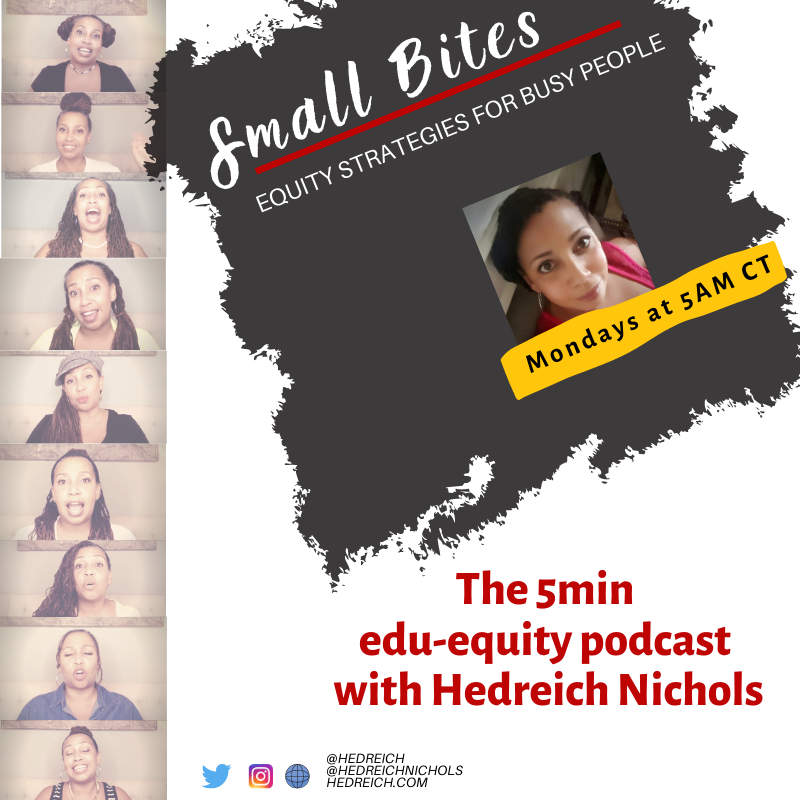Remember back in May when you were exhausted after a year of COVID-era pivoting? Remember watching life returning to some new normal that resembled the old normal just enough? Remember how you began to look forward to a new school year? Well, this isn’t quite what we were expecting.
This year, we are starting off the school year watching in disbelief as parents attack school board members and governors sue cities and districts. We’re starting the year trying to explain why we’re no longer helping in Afghanistan or why we were there in the first place. In the midst of ongoing anxiety about the rampant Delta variant we’re welcoming our kids back to school and trying to teach 2nd graders kindergarten routines. With some schools shuttering to stop COVID spread and most schools employing limited mitigation measures, it feels a lot like last year.
This Year Is NOT Last Year
In 2020, COVID was new. Students didn’t have devices. We did not know how to feed students experiencing food insecurity. We couldn’t fathom teaching online because we never had. This year is different. Stop, breathe, remember. We’ve learned so much in the last 18 months. Clearly not enough to make this year a walk in the park or keep us from pivoting. But, oft, self care begins with finding the upside. You will thrive this year by reminding yourself how much you learned last year.
Many more students have devices and can access virtual learning.
We now have experience in virtual teaching.
We know how to get students fed in case schools close.
Many more people are vaccinated and unlikely to die if infected.
This year will not be easy, and the statements above probably don’t make you any less exhausted or any more motivated. After hospital staff, I think educators are probably the group most traumatised after last year. But, since most of us are doing our best to pull it together for our students, here are a couple of things that might help:
Streamline Your Systems
Be intentional about teaching POWER standards and consider working across curriculum to reduce everyone’s load. Assigning science projects that have a process journal component? Share them with the ELA teacher and have her provide writing feedback while you assess science content.
Automate learning assessments. Utilize apps like Quizizz, Plickers and Edpuzzle that grade automatically and integrate with multiple LMSs. If you have to create your own checks for learning, use your school’s LMS integrated assessments or set up a self grading Google form like this one from Alice Keeler. Consider going gradeless and using growth portfolios. Whatever you do, find an alternative to grading for hours at the end of the school day.
Make socio-emotional learning a priority. Not an emoji check-in, not a new curriculum, but socio-emotional learning that comes from mutual respect and real relationships.
Reject the need to be the teacher you were in 2019. That time is gone and comparing what you did then to what you did now will only end in frustration. Build solid relationships with your students. Teach in a way that brings you and your students joy THIS year. Make it a priority. We are at a different place than we would have been and that means we have a new standard. Let the testers and data nerds catch up. Even if students graduate having completed pre-algebra instead of algebra 2 or calculus, they will be just fine, thank you very much.
Accept that things are different.
The pandemic has changed us all. Everything about education has–or needs to–change. Students are traumatized, educators burnt out. Students and teachers alike have left the physical classroom for good. For students who stay, we have a duty to make a difference and that may include letting our voices be heard in political arenas where decisions are too often made by non-educators.
For educators who stay, it’s essential to find a healthy self-care strategy that allows us to take care of ourselves, our families, our students and our teaching duties. (By healthy, I mean not diving all weekend into a bag of chips and a bottle–or 3–of wine.)Try to get some movement in, but if curling up with a good book is what rejuvenates you, do that. Binge watching old episodes of Grey’s or Naked and Afraid? Go for it. Axe throwing or hammering something incessantly? Go ahead, get the aggression out. Mostly, GIVE YOURSELF PERMISSION to do what works for you. Yes, there are some silver linings, but if you don’t keep yourself healthy and happy you won’t see the good stuff.
And I promise, even this year, there will be good stuff.


